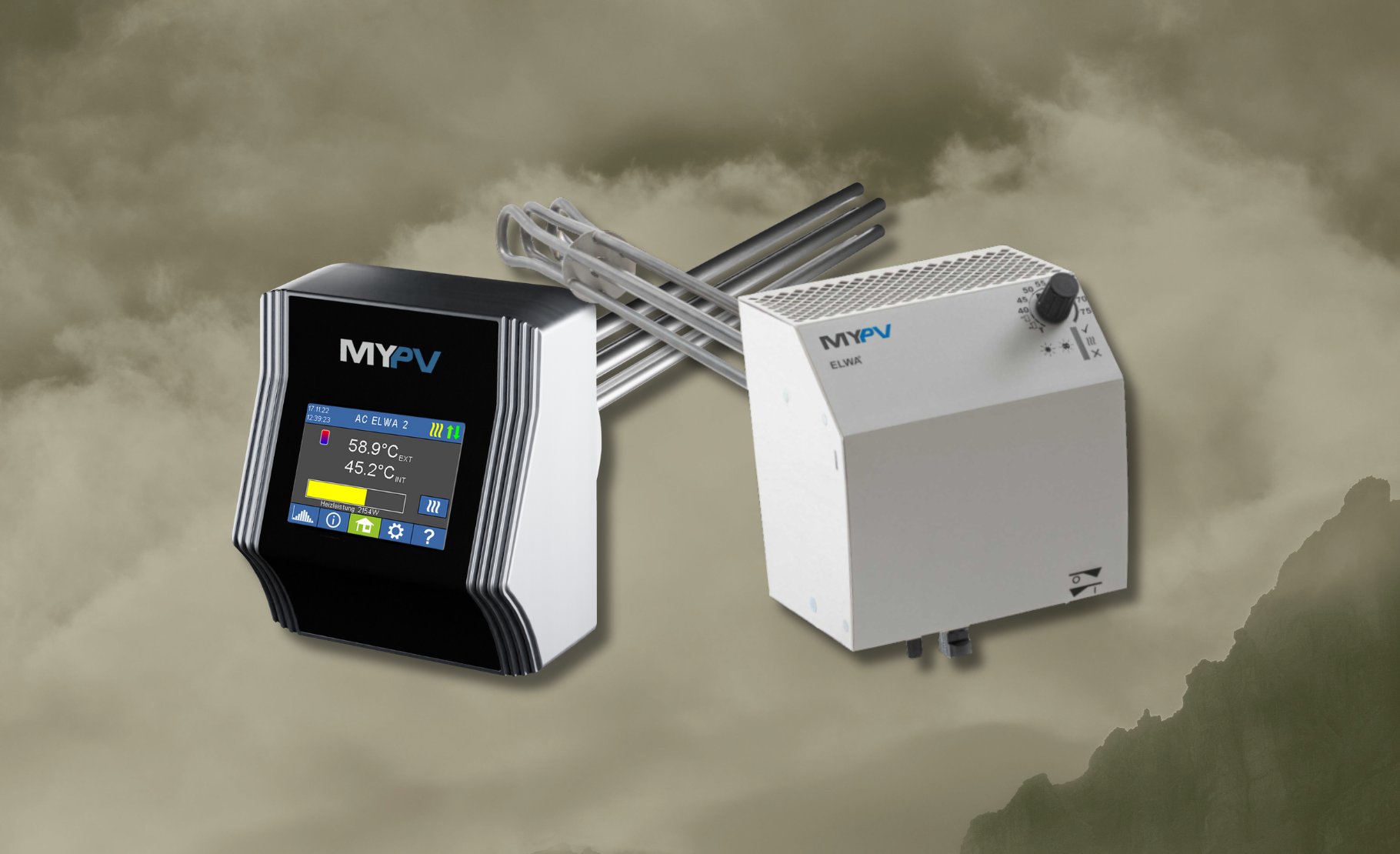28.05.2024
II. PV2Heat - Solar heating elements

For homes that already have a hot water boiler with an flange for inserting a heating element or a storage tank, the use of a solar heating element is the simplest way to convert solar energy into heat, either through a new solar panel system or by using existing panels. In terms of design and operation, they are not very different from conventional electric heating elements - both consist of two main elements: the heating element itself and a control device that supplies power to it. Temperature control is also similar, via a thermostat. The main difference between a conventional heating element and a solar heating element lies in the control and transmission element, which is designed to be able to convert and use the electricity generated by the sun to heat the heating element. Solar heating elements can be divided into two categories:
- Solar heating elements with direct connection to the solar panels, which do not require additional solar panel controls - everything needed is included in the control unit of the heating element. The main advantage of such heating elements is their overall simplicity - they are easy to install and connect to a solar panel system, which requires only connection elements for efficient operation without panels and fasteners. This simplicity is also the main disadvantage of the heating element: it requires its own solar panel system and cannot be connected to an existing system.
- Indirectly connected solar heating element - This type of heating element is designed for systems where a solar power plant is already installed. They can be used either as direct consumers of solar energy or, through energy metering, to use only the excess solar energy produced in the moment, thus reducing or getting rid of energy returned to the common grid. Such heaters often include a smart control, which can select the operating modes and to which an additional electric heating element can be connected, controlled and transmit the solar electricity it generates.
Both systems also have the disadvantage of depending on the sun as the main source of electricity, but this should not be a problem if the system is designed correctly. Even if the solar panels are not able to generate enough electricity, most of the heating elements on the market can also be connected to the grid.
Below you can see some of the solar heating models that are currently available:
- SOLARIFY, 550W heating element: A simple heating element designed to support a hot water boiler or a small storage tank;
- My-PV ELWA, 2 kW heating element: A more powerful unit with direct connection to the solar panels and simple thermostat control, which can already be used as the main heating element;
- My-PV AC ELWA 2, 3.5 kW heating element: Smart heating element from My-PV that can be connected to an existing solar panel system and to which an additional conventional heating element can be connected.